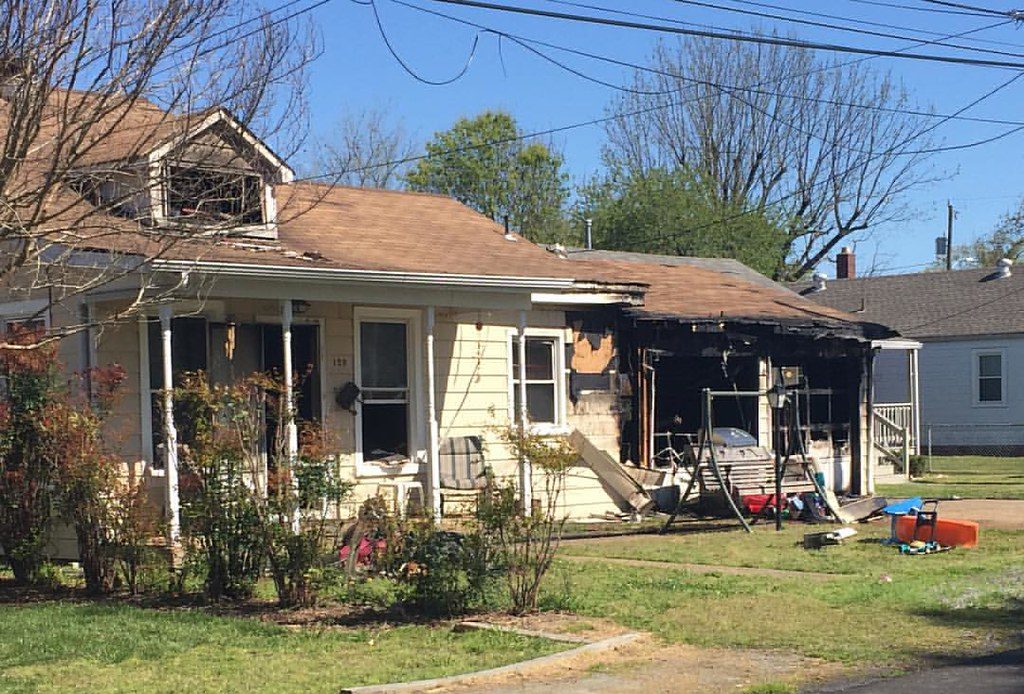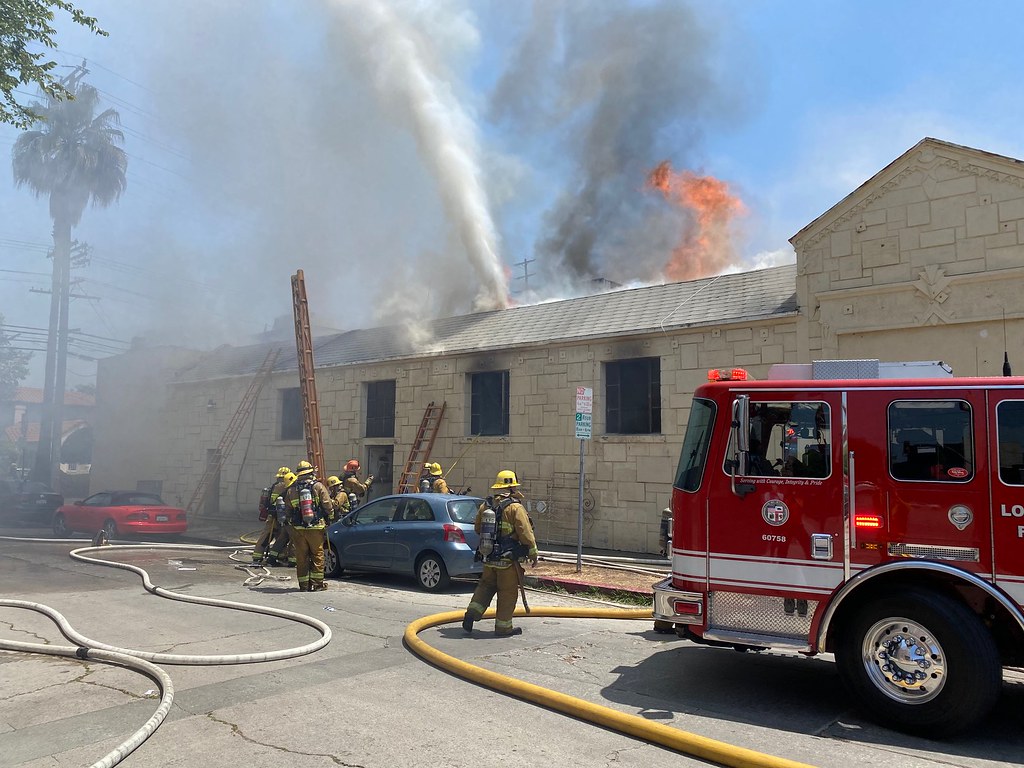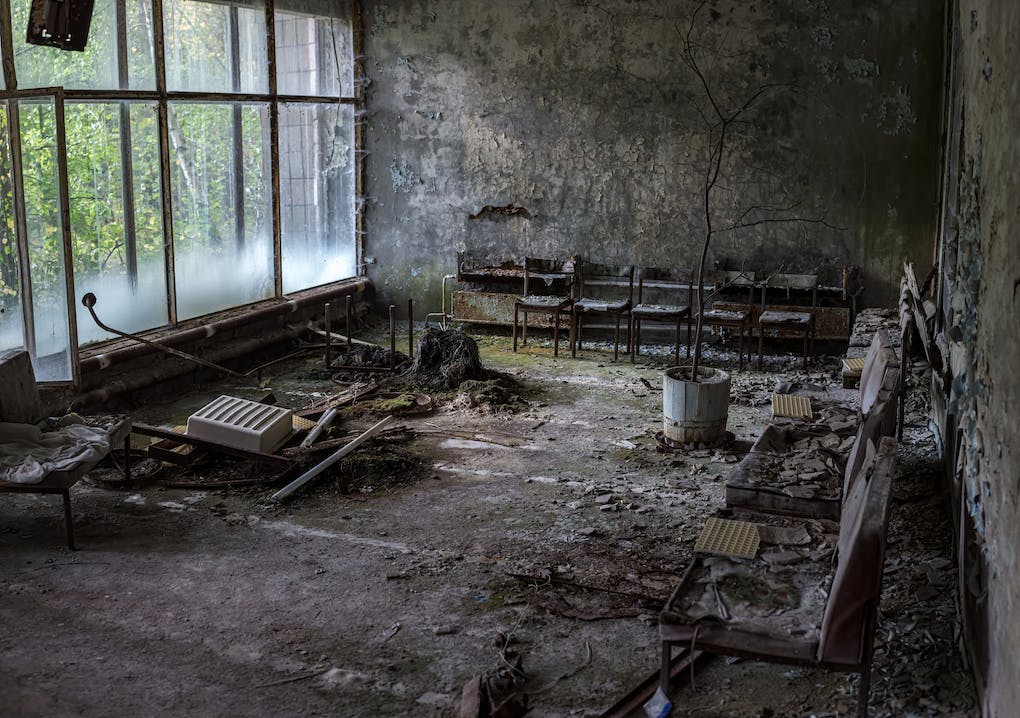Fire Damage Restoration Cost: A Comprehensive Guide
When faced with the devastation of a fire, it’s natural to feel overwhelmed and uncertain about what to do next. However, if you’re a homeowner or business owner in a fire-prone state like Texas, taking the time to understand the fire damage restoration process can help you make informed decisions that will put you on the path to recovering and rebuilding.
The first step is to review your insurance policy and assess the extent of the damage. This will determine whether you should opt for reconstructing your existing property, building something entirely new from the ground up, or deciding to sell instead. Depending on your situation, you may be eligible for short-term housing assistance while these processes are underway.

Rebuilding after a fire can be an expensive endeavor, but there are resources available to assist with the financial burden. Homeowners may be able to access grant money or low-interest loans, while businesses may qualify for tax credits or other incentives. Additionally, many states require insurers to offer discounts on their premiums for those who choose to install fire safety equipment.
Once you understand the ways you can move forward after a fire, you’ll be better equipped to make decisions that will benefit you and your family going forward. Fire damage restoration can be a complex and laborious process, but by familiarizing yourself with your options and the available resources, you’ll be one step closer to returning your home to its pre-fire state.
Fire Damage Restoration Process
When a fire affects your home, you want the damage restored as quickly and efficiently as possible. The restoration process can be complex and time-consuming, but with the help of a professional fire restoration company like Cavalry, it will be easier to get your property back to normal. Here’s a look at what the fire damage restoration process typically involves.
1. Assessing the Damage
The first step in the fire damage restoration process is to assess the extent of the damage. A professional fire restoration team will inspect your property to determine the full scope of repair work that needs to be completed. This assessment will help you decide between selling the property or restoring it with the help of your insurance company.
2. Working With Your Insurance Company
It’s important to review your insurance policy before filing a claim to make sure losses due to fire are covered, and to understand exactly what’s covered, the extent of the coverage, and any deductibles that may apply. Your insurance provider may also require an assessment by a professional restoration company before issuing a payout. Additionally, loss of use coverage can help cover the costs of temporary living expenses such as a hotel or rental apartment while repairs are being made.
3. Rebuilding A House After A Fire
Once you’ve assessed the damage and determined your next steps, you can begin the rebuilding process. Fire restoration typically involves multiple stages including cleanup, structural repairs, smoke and odor removal, and restoration and reconstruction. Depending on the extent of the damage, this process can take anywhere from days to months. During this time, safety precautions should be taken to protect against potential hazards such as mold and other toxins released from burning materials.
Commercial Fire Damage
If your business has experienced fire damage, it is important that you take the necessary steps to ensure safety and facilitate a smooth recovery. Before the event occurs, make sure your fire-fighting equipment and notification systems are functioning properly and post building diagrams with clearly marked exits in common areas. Additionally, ask local fire departments to inspect your commercial buildings and keep any important documents and valuables in a fireproof cabinet. It is also beneficial to consult with a disaster recovery company ahead of time so you will know the necessary steps to take for business continuance and property recovery.

In the event of a fire, it is essential to call 911 and guarantee everyone’s safety by getting personnel, tenants, and customers away from the damaged area. When the fire department deems it safe, secure the affected property in order to protect salvageable contents and be on the lookout for any unauthorized individuals entering the area. Finally, engage a full-service disaster recovery firm to complete an assessment of the damage, develop a scope of work, assist with insurance requirements, and carry out necessary services. Taking these steps can help you successfully recover from any potential fire damage.
Hiring Fire Damage Restoration Professionals
The success of a fire damage restoration project depends largely on the expertise and timely arrival of the team hired for the job. The cost of hiring a fire damage restoration professional can vary greatly depending on how much work needs to be done, what materials are required, and the contractor’s hourly rate. Generally, contractors charge a flat fee that ranges between $6,000 and $20,000 for total project costs, although some professionals may charge by the hour as well – usually at rates between $65 to $90 per hour. As such, it is important for homeowners to hire a reputable company that has experience in safely entering charred or potentially unstable buildings and is knowledgeable in quickly restoring damaged areas to prevent further destruction.
- Rapid Response and Mobilization
- Fire restoration companies have the capacity to rapidly mobilize their teams in order to respond to an emergency. They strategically plan and execute the process of restoring a space back to pre-disaster condition with expert efficiency.
- Catastrophe Management
- These companies are adept at managing and minimizing the impacts of catastrophic events. Their personnel possess the knowledge and expertise to effectively manage hazardous materials, evaluate safety concerns, assess structural damage, and take measures to ensure the swift recovery of properties.
- Emergency Board-Up
- The board-up services provided by fire restoration companies allow for the rapid repair of broken windows and doors in order to protect the property from further damage. This measure also aids in ensuring the security of the area until permanent repairs can be made.
- Removal and Disposal of Debris
- Fire restoration companies specialize in removing and disposing of debris resulting from fire, smoke, and water damage. They use specialized equipment and methods to properly remove debris and proceed with clean-up operations that adhere to regulatory compliance standards.
- Content Cleaning, Manipulation, Inventory, and Storage
- In order to salvage damaged documents, furniture, and other contents, fire restoration companies provide content cleaning and manipulation services. They utilize specialized techniques such as data and electronics recovery so as to restore these items. Fire restoration companies also can catalog the recovered items and store them in secure facilities for further processing.
- Smoke and Soot Removal
- Fire restoration companies make use of advanced techniques in smoke removal including thermal fogging and ozone treatments in order to eliminate the odor resulting from smoke damage. They are also experts in removing the soot that has settled on walls and other surfaces throughout a property, helping to restore a home or business back to pre-disaster condition.
- Deodorization
- Following a disaster, fire restoration companies may employ deodorization techniques such as vapor barriers and hydroxyl treatments to remove odors caused by fire and smoke damage. These methods are effective for dealing with any lingering smells that may be unpleasant or hazardous to occupants of the buildings.
- Water Extraction
- Fire restoration services include water extraction in order to remove residual water from structures after a fire or flood. This process is conducted using advanced industrial-grade pumps and vacuums designed for thorough water removal.
- Water Damage Restoration
- Once water extraction is complete, the next step is to initiate water damage restoration processes. These involve repairing parts of the structure that may have been compromised due to moisture buildup, including drywall, floors, foundations, ceilings, and more.
- Cleaning and Decontamination of HVAC Systems
- The removal of debris and contaminants from HVAC systems is paramount when it comes to restoring a property back to pre-disaster condition. As such, fire restoration companies specialize in cleaning and decontaminating these essential components.
- Electronics and Data Recovery
- Fire destruction companies are experts in salvaging digital media such as hard drives, memory cards, cellular phones, computers, tablets, and other electronic devices found within buildings affected by fires or floods.
- Installment of Shoring to Secure Building Structures
- Shoring is used to strengthen weakened building structures so as to prevent further damage or collapse. Fire restoration companies are adept at assessing a property’s conditions before installing shoring systems, thus providing additional support and stability during the reconstruction phases.
- Reconstruction
- Using their skills in construction, carpentry, painting, plumbing, electrical wiring, roofers, masonry contractors, and more, fire restoration personnel can rebuild a building back to its pre-disaster state even after major damages have been inflicted.
- Roofing
- Structural integrity can be restored with roofing services offered by fire restoration professionals. These personnel possess the knowledge and experience necessary for attending to damage caused by storms, hail storms, windstorms, snowfall, ice damming, and other weather-related causes.
- Consulting
- Fire restoration personnel provide consultation services for clients who need info regarding insurance coverages related to disasters. They can offer advice concerning remediation steps taken by insurance providers in order to facilitate the proceedings associated with filing claims.
- Demolition and Debris Removal
- Finally, demolition services can be utilized for demolishing structures determined too dangerous or unstable for occupancy. Fire restoration personnel are trained in carrying out demolitions efficiently while simultaneously removing all hazardous materials from the affected premises.
Additional Factors Impacting Fire Damage Restoration Cost
A variety of additional factors can contribute to the final bill for fire damage restoration. It is almost inevitable that water damage will accompany fire damage from the efforts of firefighters in putting out the blaze – this additional damage must be addressed with quick and decisive action, including removing any remaining water and using dehumidifiers to dry the area thoroughly. Additionally, furniture, draperies, and other fabrics within the home may be affected by soot or enclosed odor particles and require further restoration processes. Finally, ventilation systems may be clogged with smoke debris, necessitating duct cleaning services. All these steps are necessary to restore the home to a safe and livable condition again.
| Restoration Service | Average Cost Range | Notes |
|---|---|---|
| Assessment and Inspection | $200 – $500 | Initial evaluation of the fire damage extent. |
| Smoke and Soot Cleanup | $1,000 – $4,000 per room | Cleaning and removal of smoke and soot residues. |
| Structural Damage Repair | $2,000 – $30,000+ | Repair of damaged walls, floors, ceilings, etc. |
| Water Damage Restoration | $2,000 – $10,000 | Removal of water used to extinguish the fire. |
| Content Cleaning and Restoration | $500 – $6,000 per item | Cleaning and restoring damaged personal belongings. |
| Odor Removal | $1,000 – $5,000 | Elimination of lingering smoke and fire odors. |
| Electrical Repairs | $500 – $5,000 | Repair or replacement of damaged electrical systems. |
| Temporary Shelter Costs | Variable | Costs for temporary housing during restoration. |
| Insurance Deductible | Variable | Typically ranges from $500 to $2,000 or more. |
| Total Restoration Cost | $10,000 – $100,000+ | Total cost can vary significantly based on the severity of the damage. |
Fire Class and Fire Damage Restoration Cost
When dealing with the aftermath of a fire, the type of fire needs to be considered in order to more accurately estimate the cost of restoration. Fires are classified into five categories by the Fire Equipment Manufacturers’ Association; these categories range from Class A (the most common type) to Class D (the rarest type). Each classification has different associated materials, debris, and costs for restoration.

Class A: Solid Combustibles
Generally, Class A fires involve solid combustibles such as wood, paper, and plastic. The fire damage restoration cost for this type of fire is typically among the lowest due to minimal debris that needs to be removed or cleaned. For example, cleaning and deodorizing a 2,500 sq. ft home following a Class A fire may cost approximately $2,000.
Class B: Flammable Liquids
Fires caused by flammable liquids such as gas, petroleum, oil, and oil paints fall under the Class B classification. In comparison to Class A fires, Class B fires generally have higher associated costs due to an increased amount of debris that needs to be cleared away or cleaned. Cleaning and deodorizing a 2,500 sq. ft home following a Class B fire may cost approximately $3,000.
Class K: Cooking Oils
Any fires caused by cooking oils and grease are classified as Class K. This type of fire is usually pricier than other classes due to the particulate matter left by the burning oils which can permeate surfaces and items in the area. Cleaning and deodorizing a 2,500 sq. ft home following a Class K fire may cost approximately $4,500.
Class C: Electrical Fires
Class C fires result from electrical appliances, computers, or motors catching ablaze. Since electrical components can be difficult to clean and there is often extensive damage to electrical wiring, the cost associated with this type of fire is usually higher than other classifications. Cleaning and deodorizing a 2,500 sq. ft home following a Class C fire may cost approximately $5,000.
Class D: Combustible Metals
Class D fires occur when certain metals combust – these metals include sodium, potassium, magnesium, and titanium. As these metals burn at very high temperatures, they can cause significant damage which leads to higher restoration costs. Cleaning and deodorizing a 2,500 sq. ft home following a Class D fire may cost approximately $7,000.
| Fire Class | Square Footage | Average Restoration Cost Range | Notes |
|---|---|---|---|
| Class A | Up to 1,000 sq ft | $2,000 – $10,000 | Average cost for ordinary combustibles. |
| 1,000 – 2,500 sq ft | $5,000 – $15,000 | ||
| 2,500+ sq ft | $10,000 – $30,000+ | Costs increase with larger spaces and more extensive damage. | |
| Class B | Up to 1,000 sq ft | $5,000 – $15,000 | Average cost for flammable liquids. |
| 1,000 – 2,500 sq ft | $10,000 – $25,000 | ||
| 2,500+ sq ft | $20,000 – $50,000+ | Costs increase with larger spaces and more extensive damage. | |
| Class C | Up to 1,000 sq ft | $2,000 – $10,000 | Average cost for electrical equipment fires. |
| 1,000 – 2,500 sq ft | $5,000 – $15,000 | ||
| 2,500+ sq ft | $10,000 – $30,000+ | Costs increase with larger spaces and more extensive damage. | |
| Class D | Up to 1,000 sq ft | $10,000 – $30,000 | Average cost for combustible metals. |
| 1,000 – 2,500 sq ft | $20,000 – $50,000 | ||
| 2,500+ sq ft | $40,000 – $100,000+ | Costs increase with larger spaces and more extensive damage. | |
| Class K | Up to 1,000 sq ft | $3,000 – $10,000 | Average cost for cooking oils and fats fires. |
| 1,000 – 2,500 sq ft | $8,000 – $20,000 | ||
| 2,500+ sq ft | $15,000 – $40,000+ | Costs increase with larger spaces and more extensive damage. |
FAQs About Fire Damage Restoration
How do you recover from fire damage?
Recovering from fire damage can be a difficult and lengthy process, and it is important to take the proper steps to ensure that your home and belongings are properly cared for. The first step is to contact your insurance company so that they can assess the damage and provide information on coverage options. Additionally, any structural damage should be inspected immediately by a professional in order to determine if further repairs or replacements are necessary.
How do you treat wood after a fire?
Wood surfaces exposed to fire require immediate treatment to prevent further damage. Depending on the extent of the exposure, you may need to clean, repair, or replace certain pieces of wood furniture. It is recommended that you consult a professional to assess the condition of the wood and develop a plan for restoration.
How long does it take to recover from a house fire?
Recovery from a house fire varies based on the severity of the damage. It typically takes several weeks or even months to repair the physical structures and belongings affected by a house fire. However, mental and emotional recovery can take much longer and should not be overlooked.
Is it safe to stay in a house with smoke damage?
Smoke damage can lead to hazardous air quality in any home, so it is not safe to remain in a house with smoke damage. Before returning to a property, it is essential to thoroughly clean and ventilate the area in order to remove any potentially toxic particles from the air.
Do you have to rebuild the same house after a fire?
Generally, it is not necessary to rebuild your home exactly as it was before the fire. Depending on the extent of the damage and the cost of repairs, homeowners can often choose whether or not to recreate their original dwelling, opting instead for an alternate design if desired.
Is it safe to sleep in a house after a fire?
Sleeping in a house after a fire is not recommended until all structural repairs and air-quality checks are completed. If given the all-clear by a certified professional, you may be able to safely move back into your home. However, it is important to note that some levels of smoke or soot residue may still remain and more frequent cleaning may be necessary to maintain healthy living conditions.
What not to use after a house fire?
After a house fire, it is best to avoid using any items that were exposed to extreme heat or other forms of direct flame. There may also be electrical components in the structure that could potentially cause harm if not handled correctly. For this reason, always consider consulting a professional before attempting any cleanup processes or using any damaged items.
Is the smell of smoke after a fire harmful?
The smell of smoke after a fire can be detrimental to health if present in large concentrations over long periods of time. Smoke particles, such as soot, can build up in the lungs and cause respiratory issues. In addition, those exposed to the odor of smoke are at risk of experiencing headaches, nausea, and dizziness due to irritant toxicity. Therefore, ventilating thoroughly is essential after a house fire.
How toxic is smoke from a house fire?
Smoke from a house fire can contain numerous toxic substances, including carbon monoxide, formaldehyde, nitrogen dioxide, asbestos fibers, sulfur dioxide, and hydrogen cyanide, among others. Therefore, it is important to keep windows closed and wear protective gear when working in or near areas affected by smoke damage.
Is it safe to breathe in soot after a fire?
Inhaling soot particles after a house fire can be extremely hazardous to health and should be avoided as much as possible. If there is significant soot present, it is important to wear a face mask and protective clothing when entering a recently-affected area in order to reduce inhalation risk. Additionally, ventilation should always be used whenever possible as soot can travel throughout a building quickly.
How do you clean walls after a fire?
Cleaning walls after a fire requires several steps in order to be done properly and safely. First, any porous surfaces should be soaked in soapy water in order to remove as much soot as possible. Next, detergent should be applied liberally over the entire wall before being wiped away using heavy-duty paper towels or sponges. Finally, airing out the room by opening windows and running fans will help dissipate any remaining odors and residues.
Texas Public Adjusters for Fire Damage Claims
Fire damage insurance claims can be tricky and costly. One wrong move on a claim could mean less money than needed for repairs, and as insurers are in the business of maximizing profits, they may look to pay out less than expected. To avoid all this hassle, you should enlist the help of YPA Public Adjusters. We are experienced professionals who understand the language of insurance policies, ensuring that your claims process is smooth, efficient, and lucrative. With our expertise, you can rest assured that you will receive the full amount necessary to make up for your fire damage.
The goal of YPA’s public adjusters is simple: to secure the highest possible compensation for the damages caused by a fire based on the terms of the policyholder’s insurance policy. This is opposed to the goal of an insurer’s adjuster who typically attempts to minimize or even deny the policyholder’s claim, ensuring more money for the insurance company.
When you hire us, we provide expert assistance throughout the process of filing your fire damage insurance claim, from start to finish. Our experienced Texas fire claims experts are knowledgeable about the tactics insurance companies use to reduce or deny claims, and can help you avoid them as well as maximize your payout, which can be up to 270% higher than the initial offer from the insurer. We also take away much of the stress associated with filing a claim and ensure that any hassle is kept to a minimum.
Our fees are competitive and transparent, with no hidden costs, and what’s more, you will only pay us after you have accepted your final insurance payout. By hiring YPA Public Adjusters, you can rest assured that your fire damage claim is being handled professionally and that you will receive a fair settlement. Give us a call at (682) 267-0336 today.
